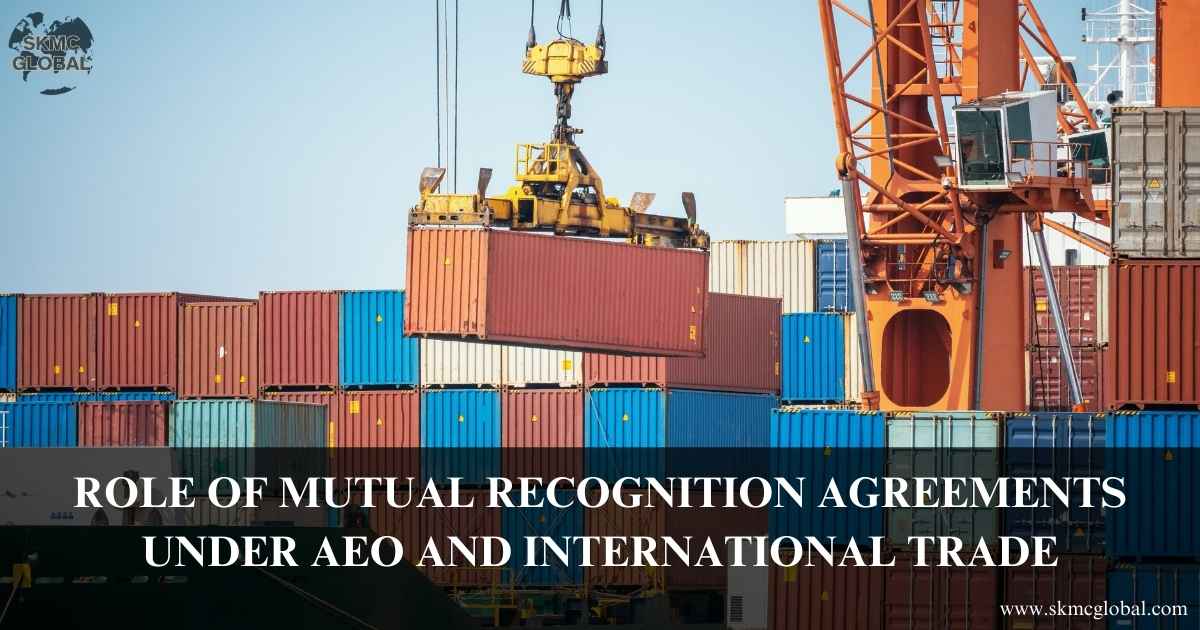
International trade in today's interdependent world is not only about commodities crossing borders—it's all about smooth integration, confidence, and streamlined regulatory regimes. At the centre of this changing trade scenario are the Authorised Economic Operator (AEO) status, the universal benchmark that demonstrates trust, compliance, and security within supply chains. With more nations adopting this scheme, Mutual Recognition Agreements (MRAs) have become a crucial tool for maximising the advantages of the AEO certificate worldwide.
From Compliance to Competitiveness: AEO Status in the Global Economy
An AEO-certified business is also known as a compliant, low-risk trading partner by the customs authorities of its country of origin. This has palpable advantages—priority clearance, fewer checks, and easier facilitation of trade. But as international trade becomes even more interdependent, the real strength of AEO is in its worldwide use.
When AEO status is accepted by foreign customs through MRAs, it becomes a national certification rather than a strategic international asset.
MRAs: Not Only Agreements, but Strategic Alignments
An AEO Mutual Recognition Agreement is not just an official pledge—it's a statement of coordinated trade values. Nations sign MRAs because they think the other nation's AEO custom environments are strong, open, and secure. This convergence makes AEO certified organizations eligible for equivalent benefits overseas as well as at home.
But MRAs do more than enable the movement of goods—they construct the bridgehead for future collaboration in such fields as digital customs, cyber security, and AI-based risk assessment. They are the stepping stones to a future where trade flows are secure and nimble.
The Real-World Impact of MRAs
Let's take a firm that has an authorised economic operator certificate in the home country and conducts regular trade with MRA partner countries. Such recognition has instant and many-sided benefits:
- Borderless Trust: The customs authorities in both nations have access to mutual risk assessment information, so duplicate verifications are less necessary.
- Faster Market Access: For internationalizing businesses, MRAs give them a hassle-free entry into emerging markets by reducing administrative hassle.
- Improved Trade Planning: Less uncertainty at borders enables companies to better manage inventory flow, delivery obligations, and cost estimates.
- Reduced Risk Premiums: Insurers and banks might provide more favorable terms to firms acknowledged under MRAs, as they are viewed as lower compliance risks.
This efficiency of operation makes them more competitive—not only for individual firms, but for the corridors of trade through which they move.
How MRAs Help Shape New Rules
Among the least appreciated but most effective functions of MRAs is their role in shaping domestic policy reforms. If a nation wants to sign an MRA, it tends to enhance its internal customs systems, training, and technologies in conformity with international standards. MRAs thus become drivers of domestic reform and international harmonization.
The path towards signing an MRA tends to lead to:
- Standardization of Customs Practices
- Incorporation of State-of-the-Art Risk Management Tools
- Enhanced Transparency and Audit Trails
- Capacity Building and Training of Border Officials
Thus, MRAs indirectly enhance the compliance and security level among all AEO stakeholders even those not directly participating in cross-border trade.
Strategic Role in Global Trade Agreements
Outside of operational benefits, MRAs serve a strategic geopolitical purpose. MRAs are commonly added as annexes or ancillary tools within greater Free Trade Agreements (FTAs) and Comprehensive Economic Partnerships. By incorporating recognition of authorized economic operator status into such agreements, nations gain lasting benefits for their exporters and logistics stakeholders.
Secondly, in a world of geo-economic uncertainties, MRAs serve as a buffer—facilitating trade continuity even when larger diplomatic relationships are strained.
Conclusion: MRA as a Force Multiplier of AEO Status
In order to fully realize the potential of AEO certification, companies need to see beyond domestic recognition. True strength lies in the extent to which that AEO status moves across borders—and Mutual Recognition Agreements are the means by which this is enabled.
In an era where speed, reliability, and trust underpin competitive advantage, MRAs raise authorized economic operator certificates from the status of a mere formality to that of a facilitator of international trade.
The more nations adopt this model, the more efficient, strong, more collaborative, and secure the global supply chain ecosystem will be.
At SKMC Global, we assist businesses in leveraging AEO certification and Mutual Recognition Agreements (MRAs) as strategic trade benefits. We assist businesses to go through the entire AEO certification process and enable them to gain from international MRA structures.
Our strength is in assessing your MRA and AEO readiness, coordinating your operations to meet AEO and MRA standards, and mapping relevant MRAs in line with your trade routes and partners. We handle documentation, close gaps in compliance, and work directly with India's customs authorities and MRA-partner nations authorities to consolidate approvals and validations.
Recent Posts
-
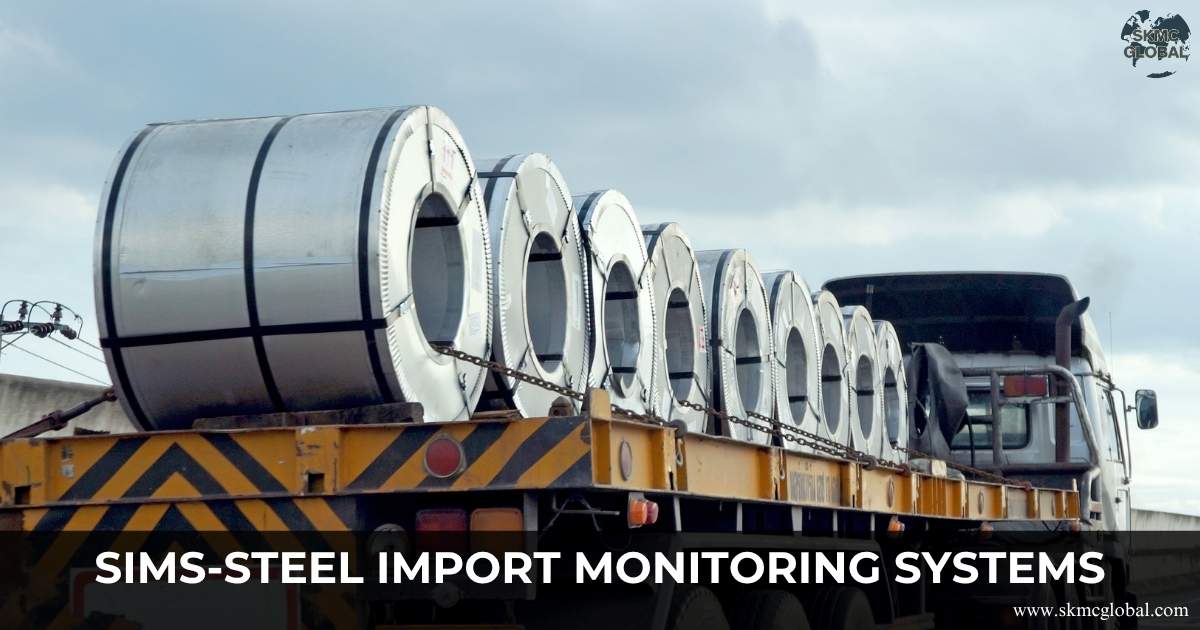 What is SIMS and When It Is Required?...
Nov 10,2025
What is SIMS and When It Is Required?...
Nov 10,2025
-
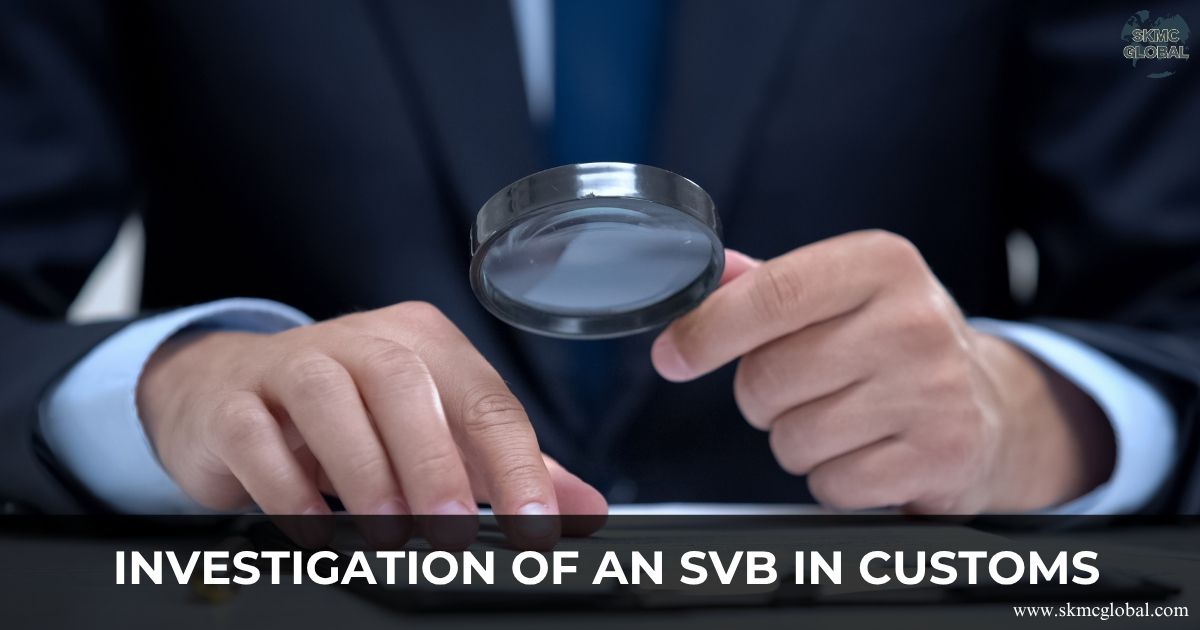 What if your SVB investigation does not satisfy cu...
Nov 04,2025
What if your SVB investigation does not satisfy cu...
Nov 04,2025
-
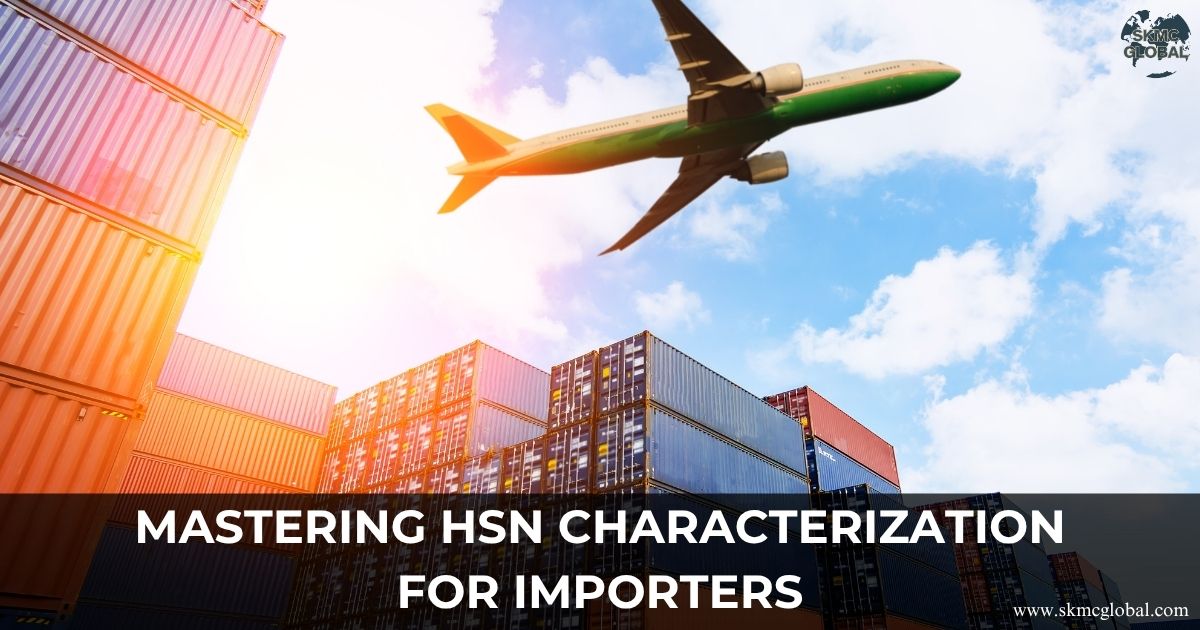 Mastering HSN Characterization for Importers...
Oct 29,2025
Mastering HSN Characterization for Importers...
Oct 29,2025
-
 What is IGCR and How to Take the Benefit?...
Oct 18,2025
What is IGCR and How to Take the Benefit?...
Oct 18,2025
-
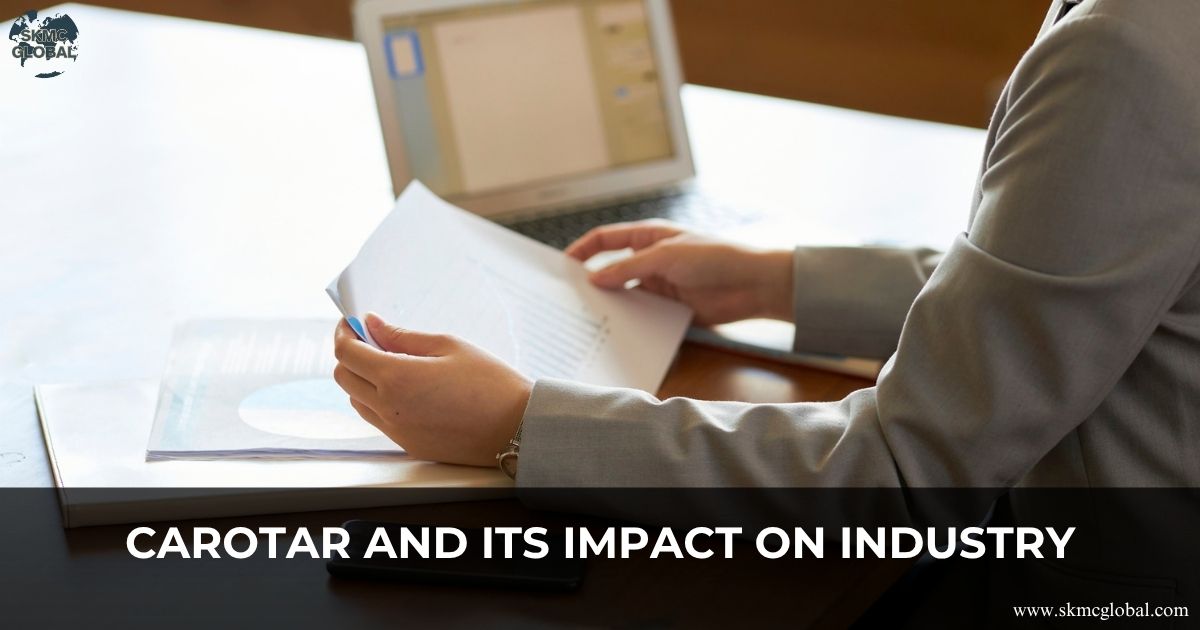 What is CAROTAR and Its Impact on Industry?...
Oct 15,2025
What is CAROTAR and Its Impact on Industry?...
Oct 15,2025
-
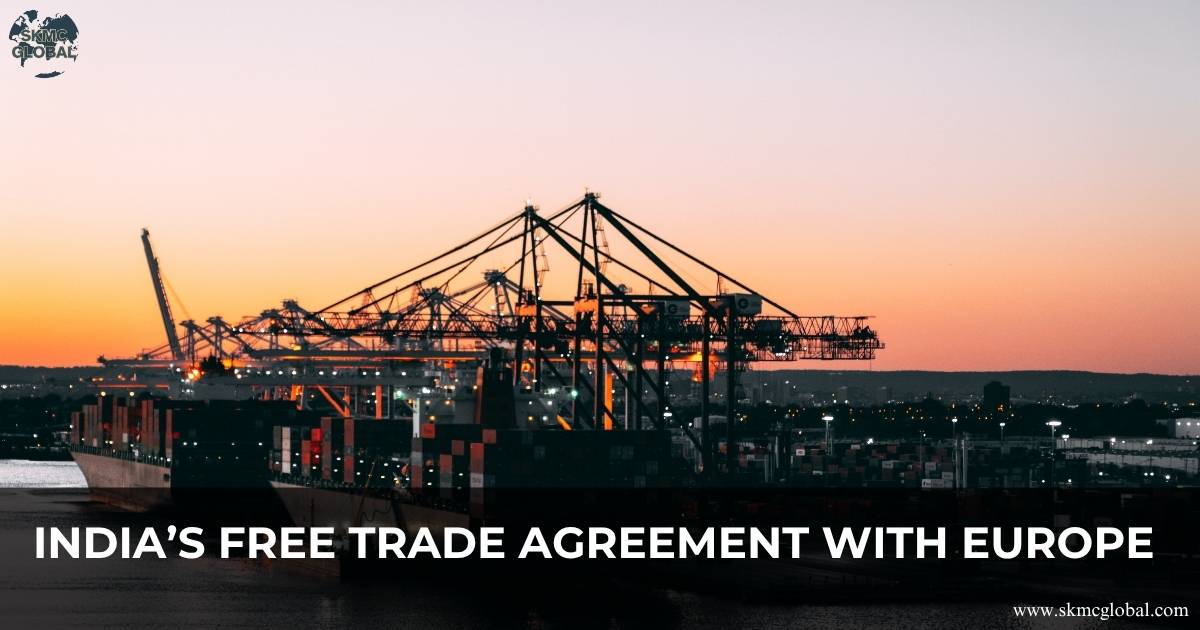 India’s Free Trade Agreement with Europe ...
Oct 14,2025
India’s Free Trade Agreement with Europe ...
Oct 14,2025
-
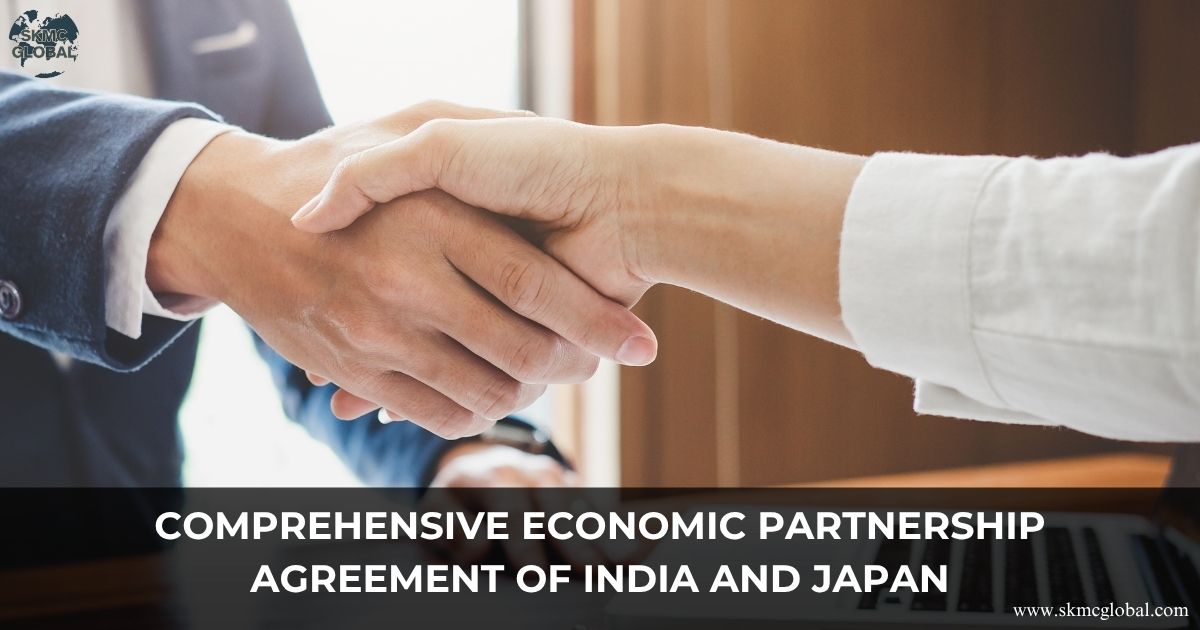 Comprehensive Economic Partnership Agreement of In...
Oct 13,2025
Comprehensive Economic Partnership Agreement of In...
Oct 13,2025
-
 Refund under Section 75 of Customs Act, 1962...
Oct 11,2025
Refund under Section 75 of Customs Act, 1962...
Oct 11,2025
-
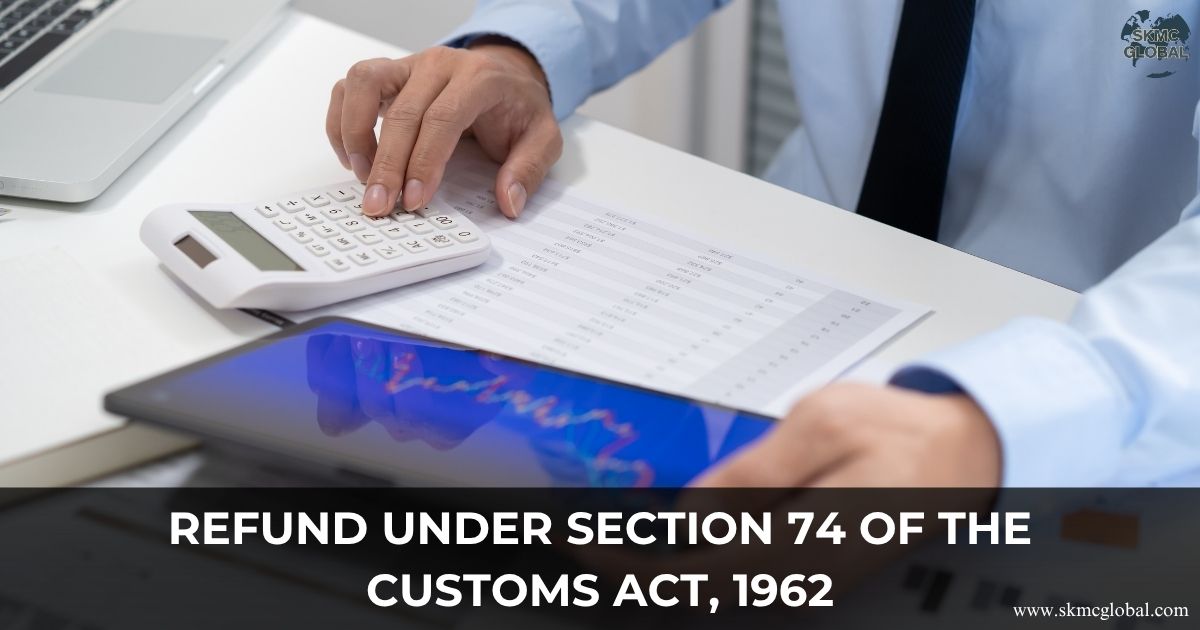 Refund under Section 74 of the Customs Act, 1962...
Oct 10,2025
Refund under Section 74 of the Customs Act, 1962...
Oct 10,2025
-
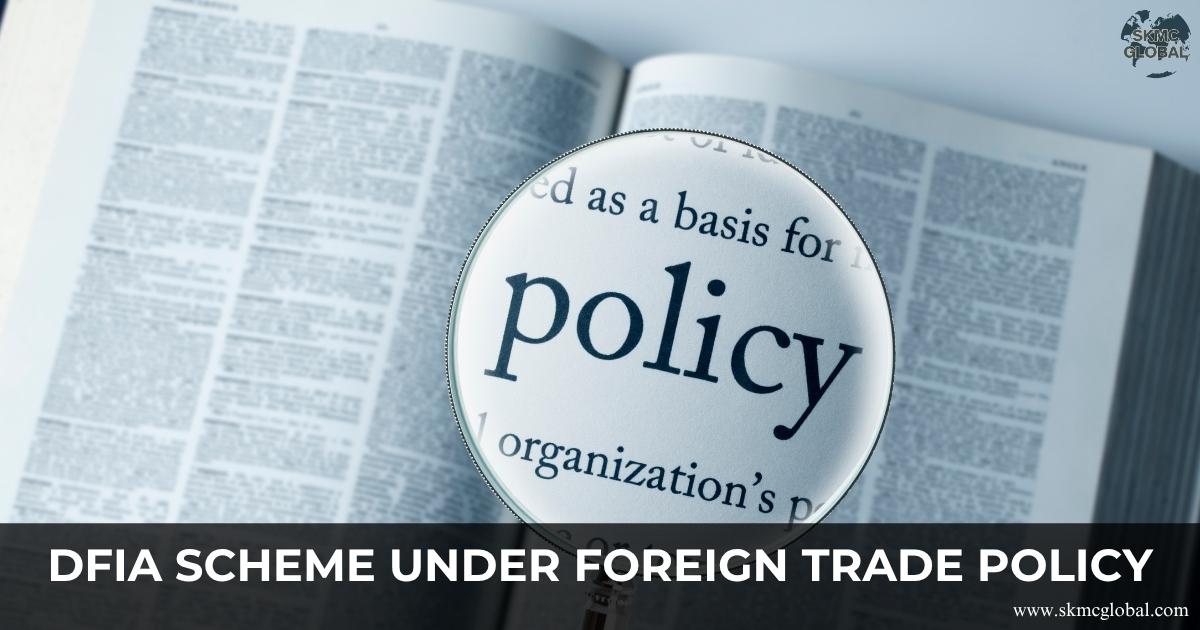 All About DFIA Scheme under Foreign Trade Policy...
Oct 07,2025
All About DFIA Scheme under Foreign Trade Policy...
Oct 07,2025
-
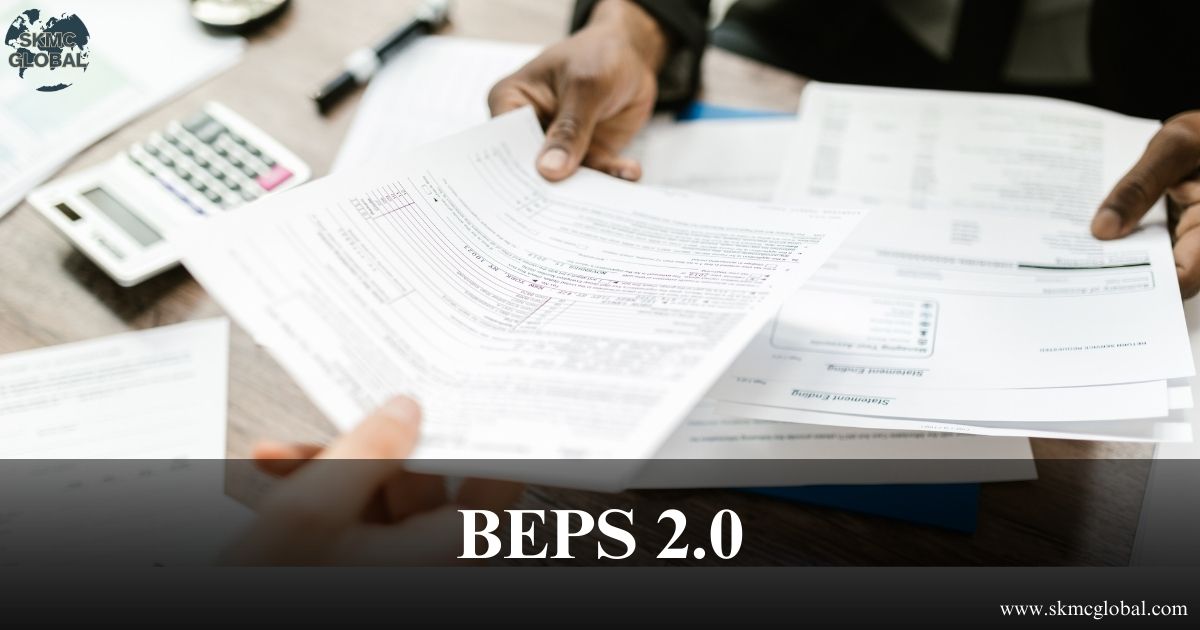 Navigating BEPS 2.0: Pillar One & Pillar Two in Tr...
Aug 16,2025
Navigating BEPS 2.0: Pillar One & Pillar Two in Tr...
Aug 16,2025
-
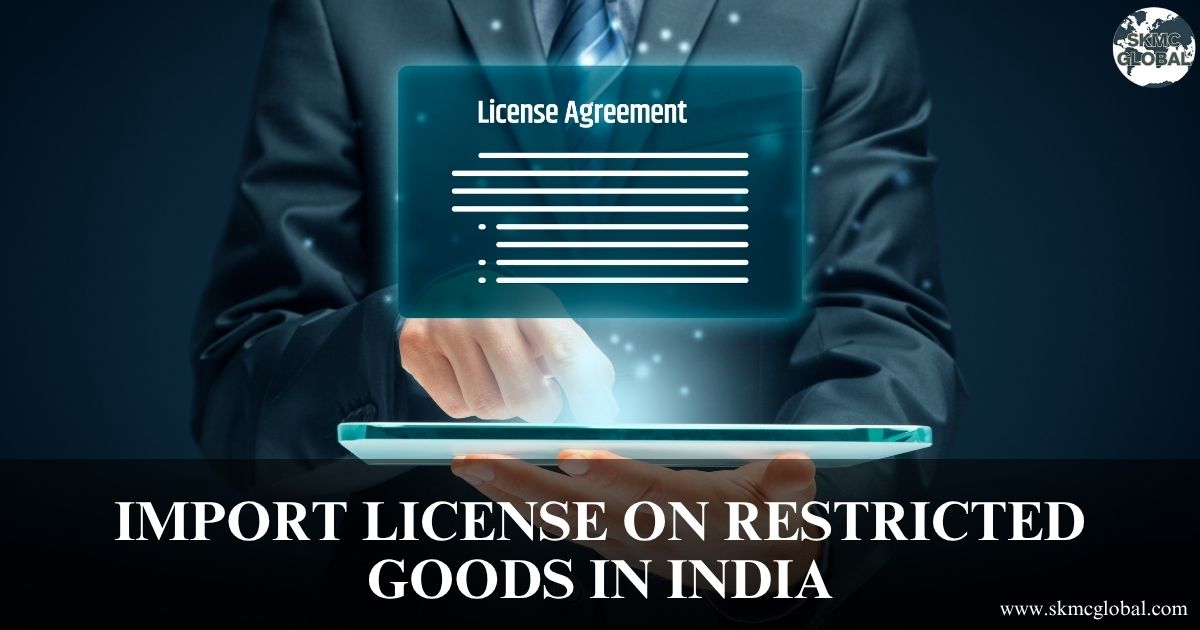 Import license on restricted goods in india...
Aug 07,2025
Import license on restricted goods in india...
Aug 07,2025
-
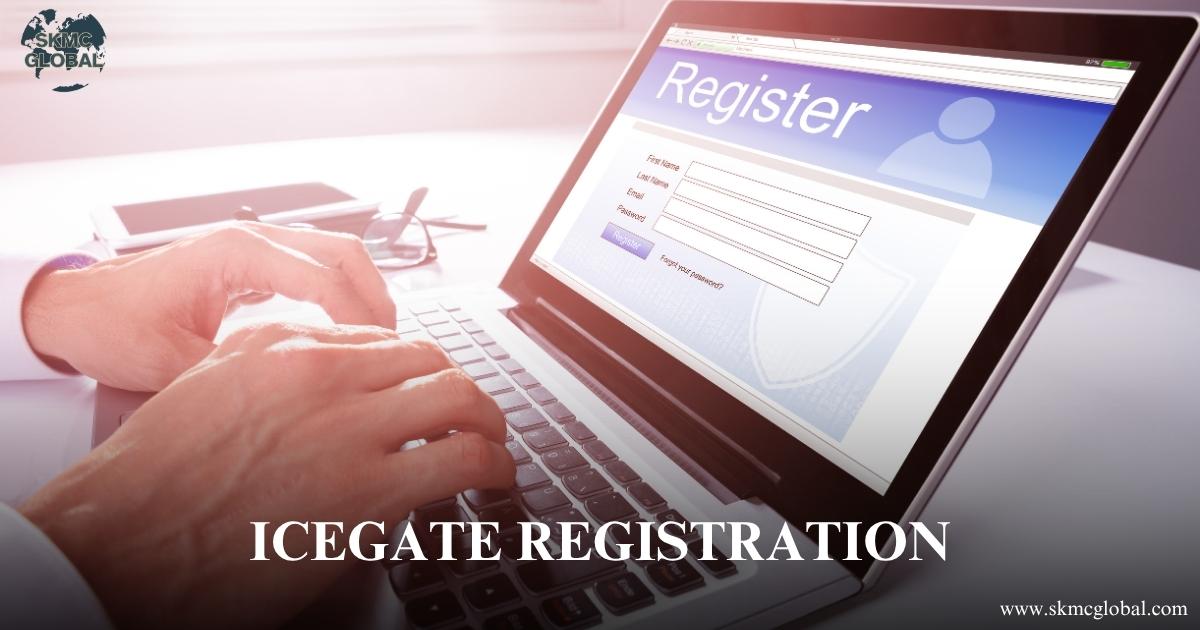 Procedure to take ICEGATE Registration...
Aug 06,2025
Procedure to take ICEGATE Registration...
Aug 06,2025
-
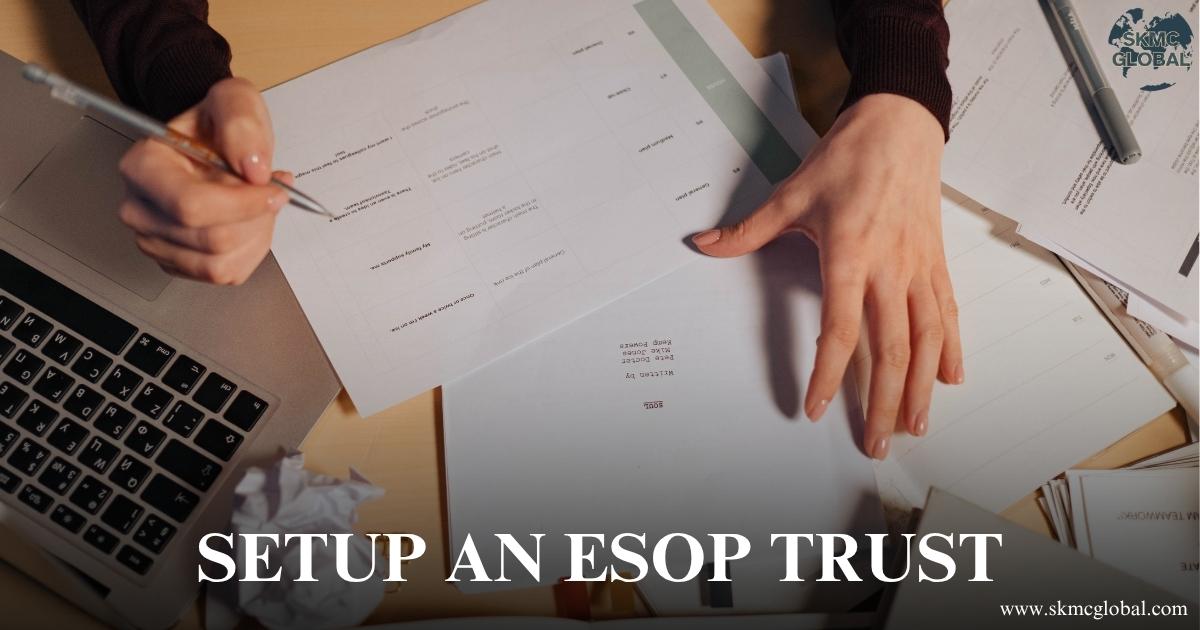 Procedure to setup an ESOP Trust...
Aug 01,2025
Procedure to setup an ESOP Trust...
Aug 01,2025
-
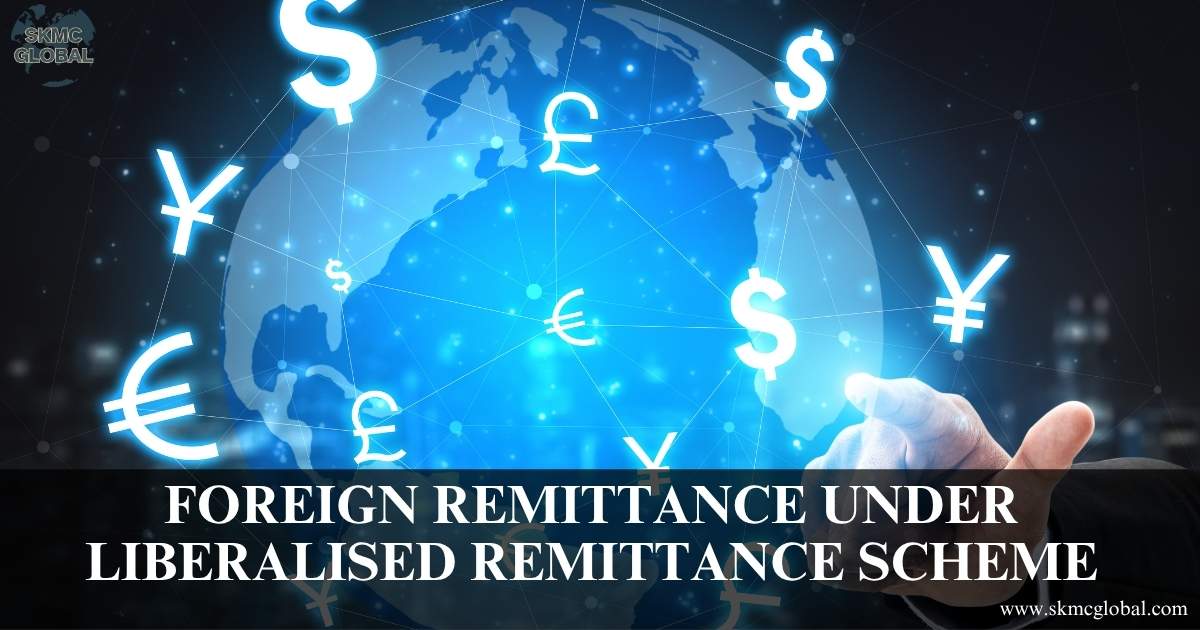 Foreign Remittance under liberalised remittance Sc...
Jul 30,2025
Foreign Remittance under liberalised remittance Sc...
Jul 30,2025
-
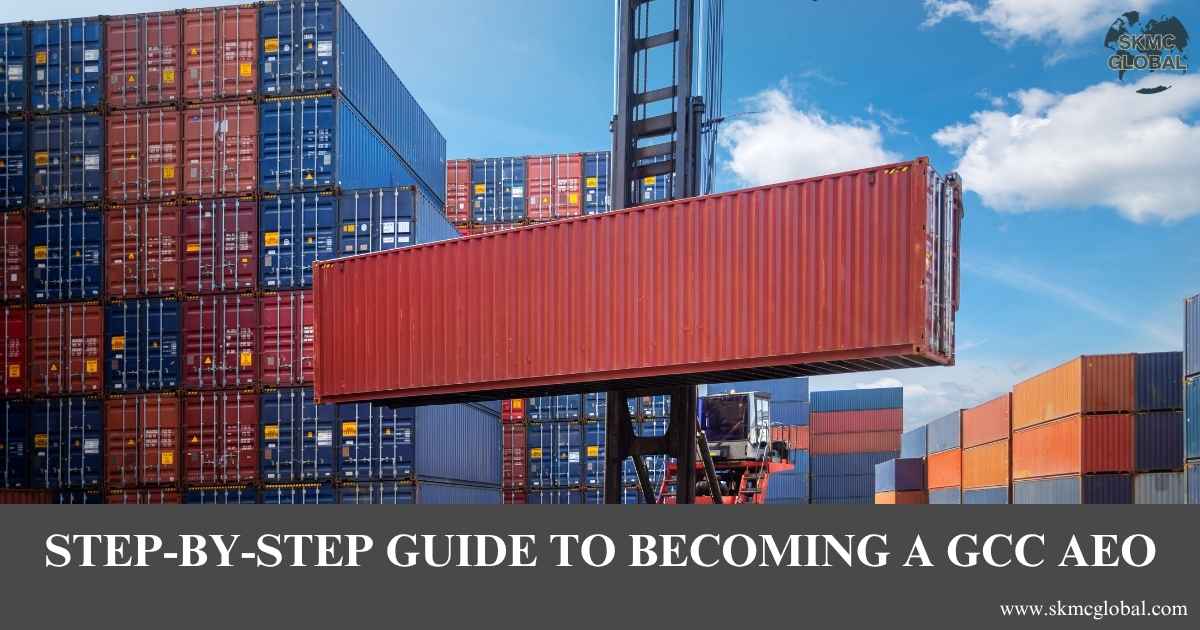 A Step-by-Step Guide to Becoming a GCC AEO...
Jul 18,2025
A Step-by-Step Guide to Becoming a GCC AEO...
Jul 18,2025
-
 Role of Mutual Recognition Agreements under AEO an...
Jul 14,2025
Role of Mutual Recognition Agreements under AEO an...
Jul 14,2025
-
 What is Anti Dumping Duty investigation and its pr...
Jul 09,2025
What is Anti Dumping Duty investigation and its pr...
Jul 09,2025
-
 Annual return requirement under RoDTEP scheme of D...
Jul 09,2025
Annual return requirement under RoDTEP scheme of D...
Jul 09,2025
-
 EPCG Registration: A Step by step Guide for Indian...
Jul 08,2025
EPCG Registration: A Step by step Guide for Indian...
Jul 08,2025
-
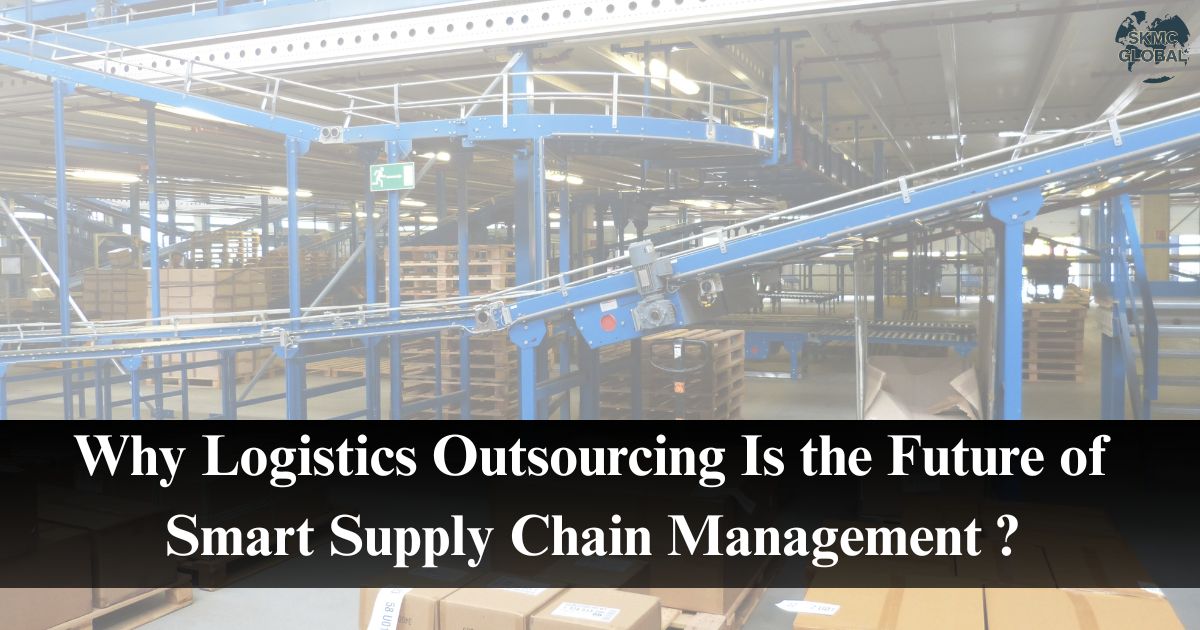 Why Logistics Outsourcing Is the Future of Smart S...
Jun 02,2025
Why Logistics Outsourcing Is the Future of Smart S...
Jun 02,2025
-
 India's Foreign Trade Agreement and Investment Tre...
May 31,2025
India's Foreign Trade Agreement and Investment Tre...
May 31,2025
-
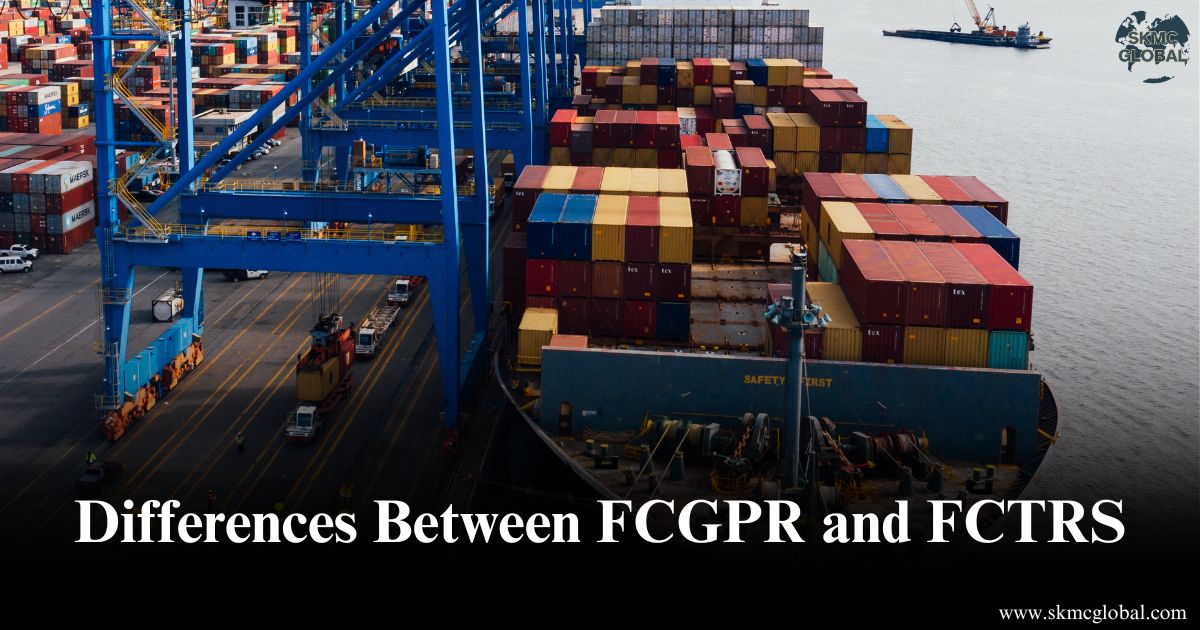 Differences Between FCGPR and FCTRS:A Comprehensiv...
May 28,2025
Differences Between FCGPR and FCTRS:A Comprehensiv...
May 28,2025
-
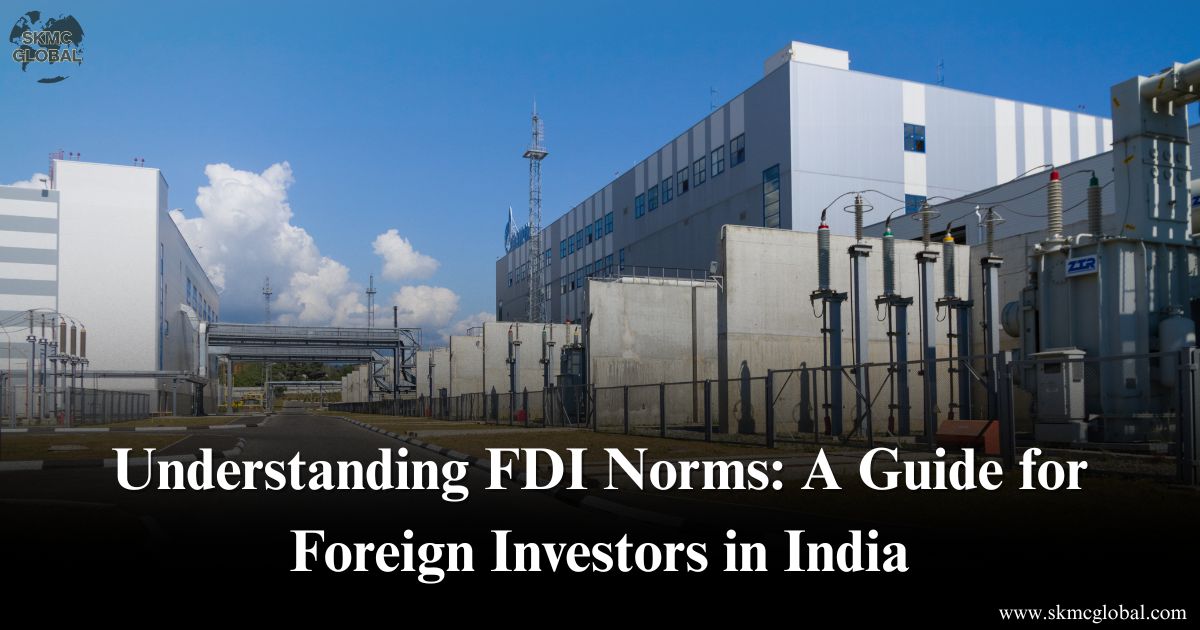 Understanding FDI Norms- A Guide for Foreign Inves...
May 29,2025
Understanding FDI Norms- A Guide for Foreign Inves...
May 29,2025
-
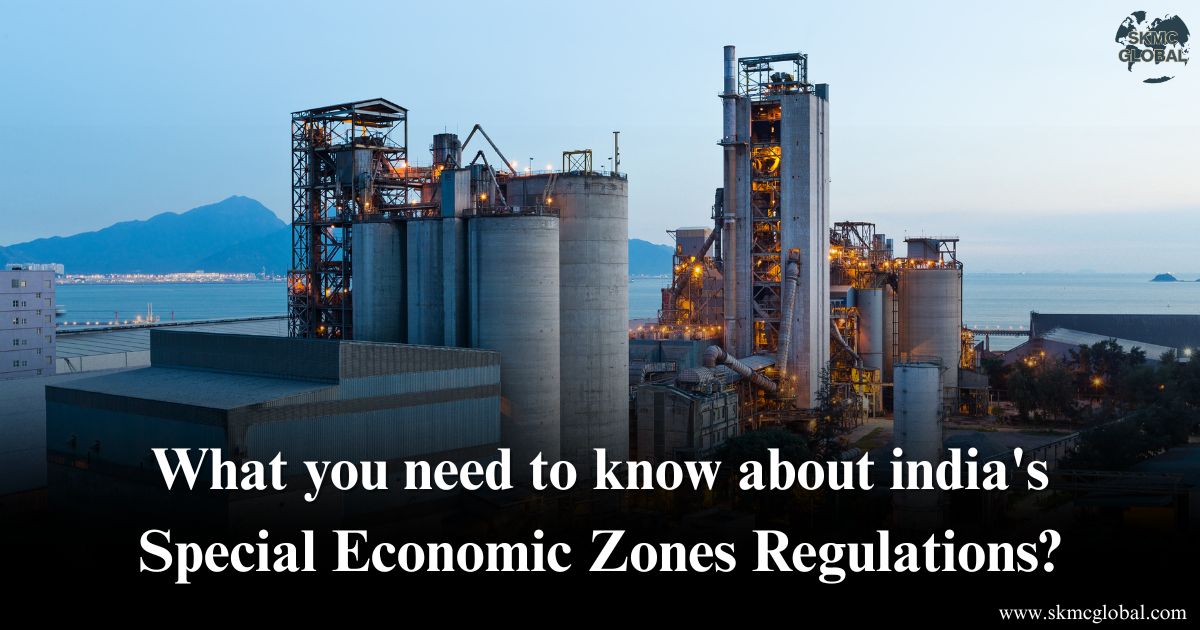 What you need to know about india's special econom...
May 27,2025
What you need to know about india's special econom...
May 27,2025
-
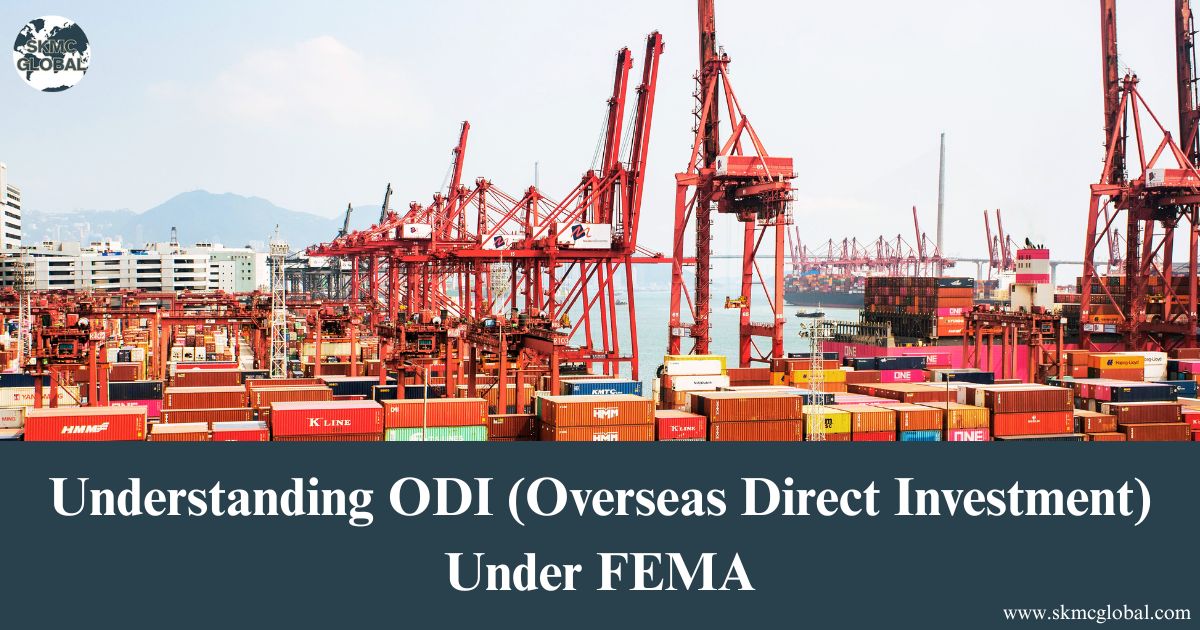 Understanding ODI (Overseas Direct Investment) Und...
May 26,2025
Understanding ODI (Overseas Direct Investment) Und...
May 26,2025
-
 How to Track AEO Registration Application and Chec...
May 22,2025
How to Track AEO Registration Application and Chec...
May 22,2025
-
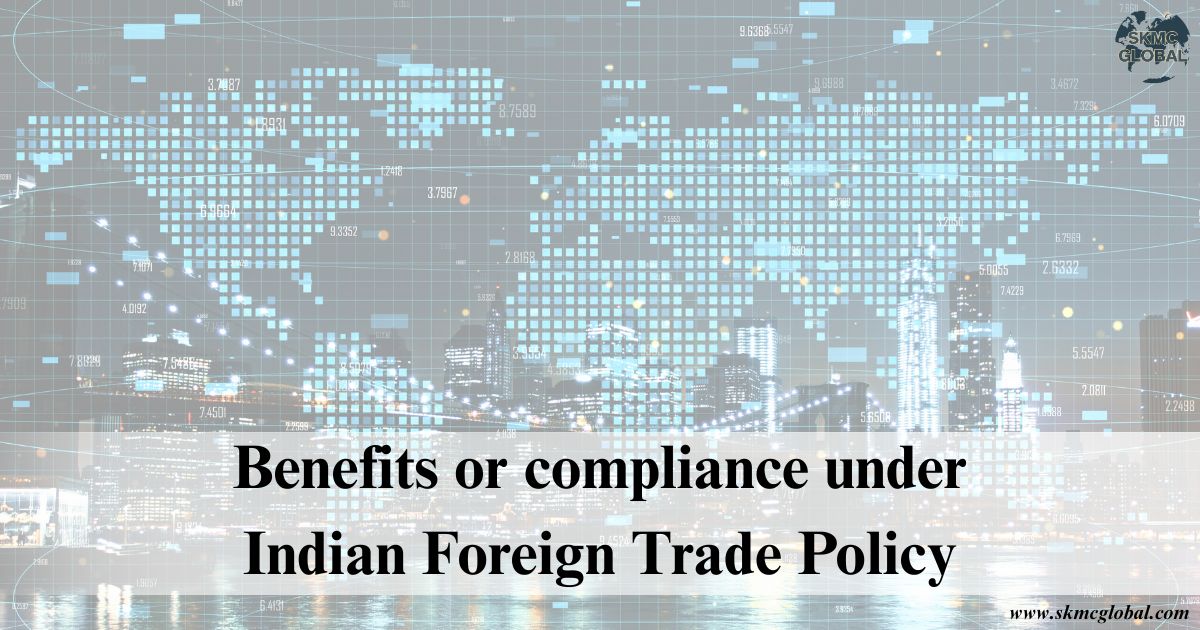 Benefits or compliance under Indian Foreign Trade ...
May 20,2025
Benefits or compliance under Indian Foreign Trade ...
May 20,2025
-
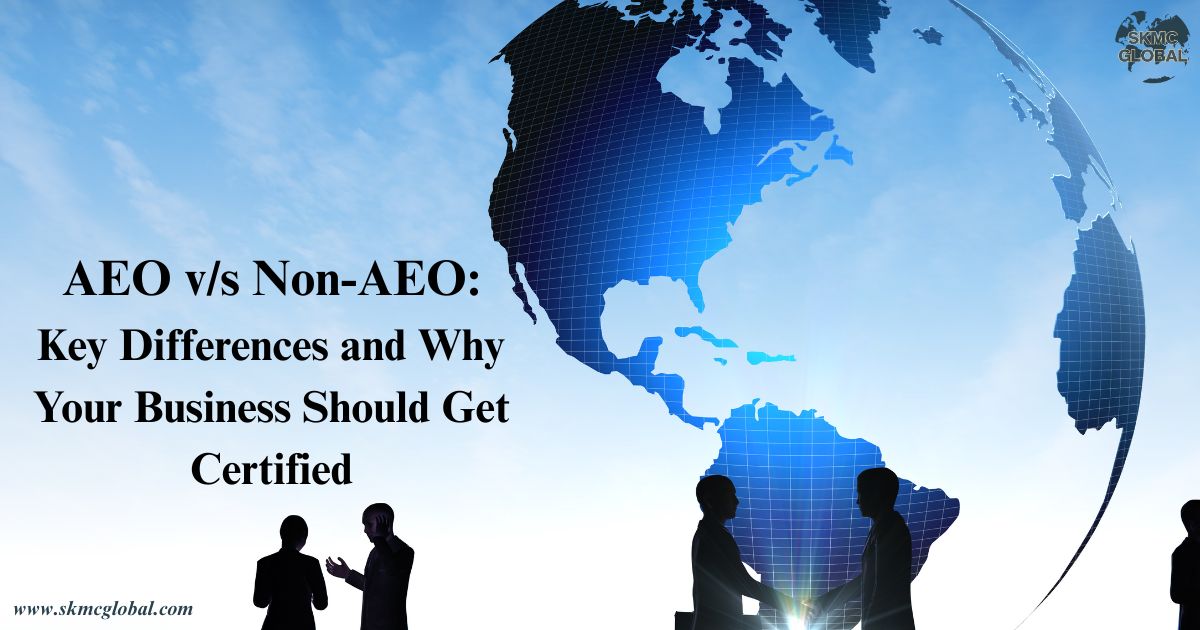 AEO v/s Non-AEO: Key Differences and Why Your Busi...
May 19,2025
AEO v/s Non-AEO: Key Differences and Why Your Busi...
May 19,2025
-
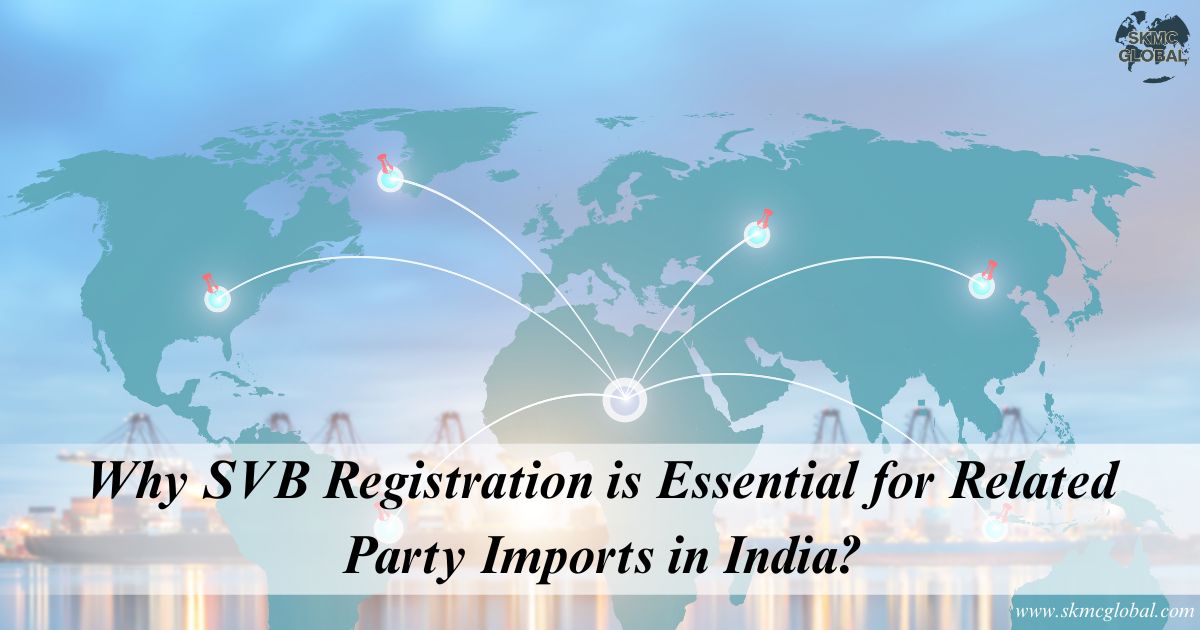 Why SVB Registration is Essential for Related Part...
May 19,2025
Why SVB Registration is Essential for Related Part...
May 19,2025
-
 How Mutual Recognition Agreements Augment AEO Cert...
May 15,2025
How Mutual Recognition Agreements Augment AEO Cert...
May 15,2025
-
 Customs Streamlining Refund Processes Through Auto...
Mar 17,2025
Customs Streamlining Refund Processes Through Auto...
Mar 17,2025
-
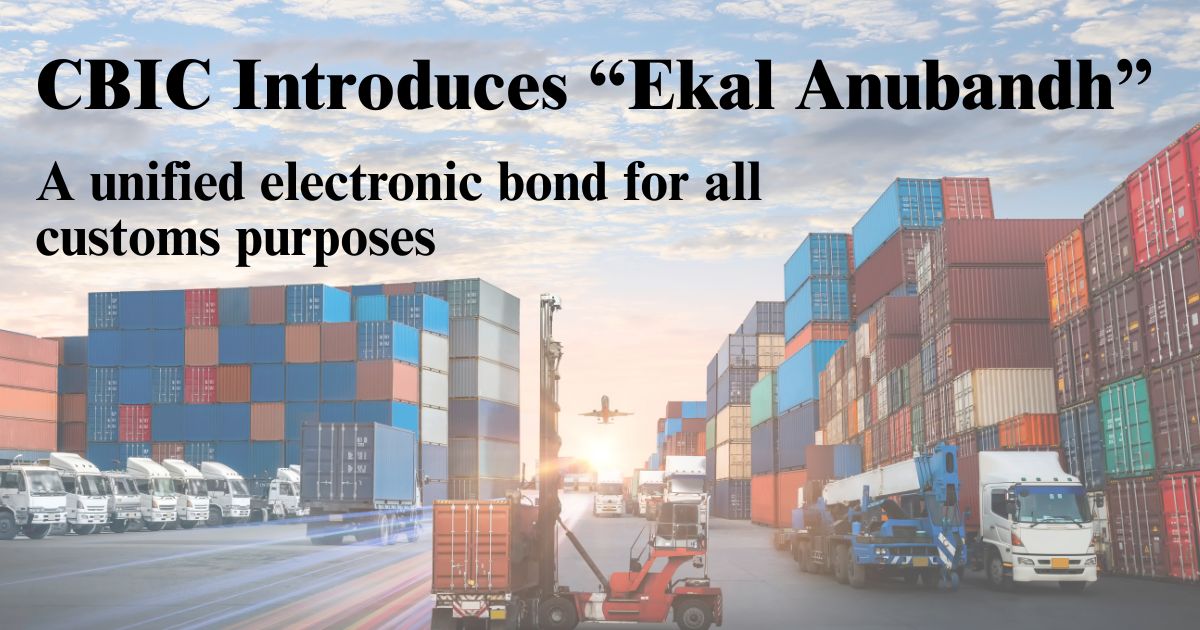 Ekal Anubandh-Single Unified Multi-Purpose Electro...
Mar 06,2025
Ekal Anubandh-Single Unified Multi-Purpose Electro...
Mar 06,2025
-
 Revised guidelines on SVB assessment and its speed...
Aug 26,2021
Revised guidelines on SVB assessment and its speed...
Aug 26,2021
-
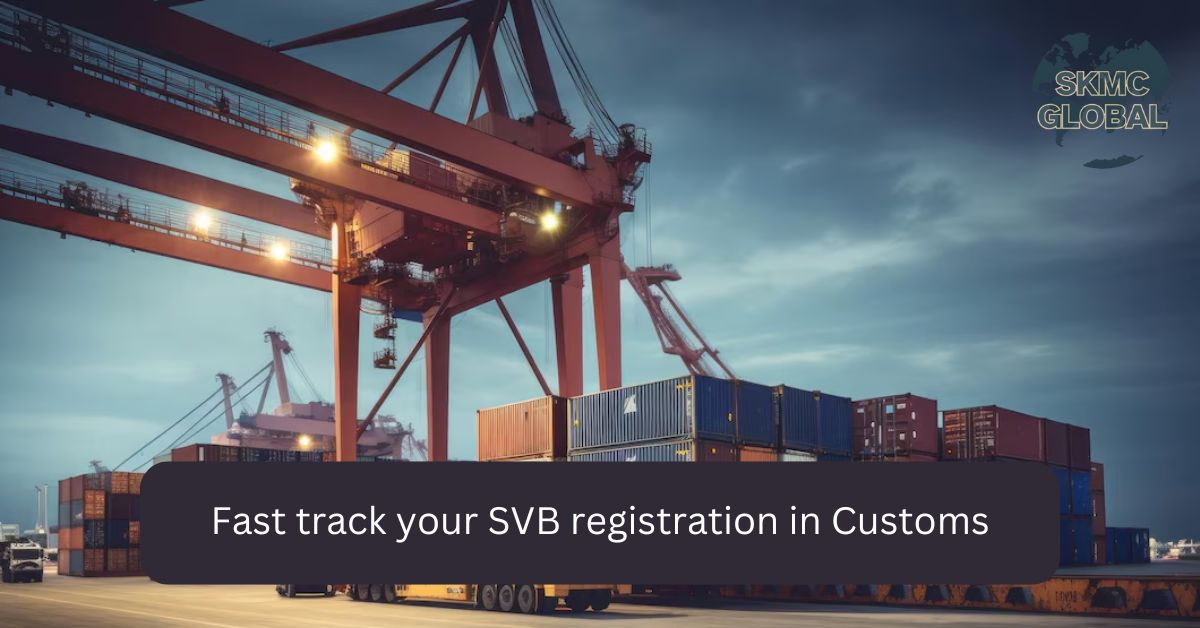 5 ways about how you can fast track your SVB regis...
Jul 21,2021
5 ways about how you can fast track your SVB regis...
Jul 21,2021
-
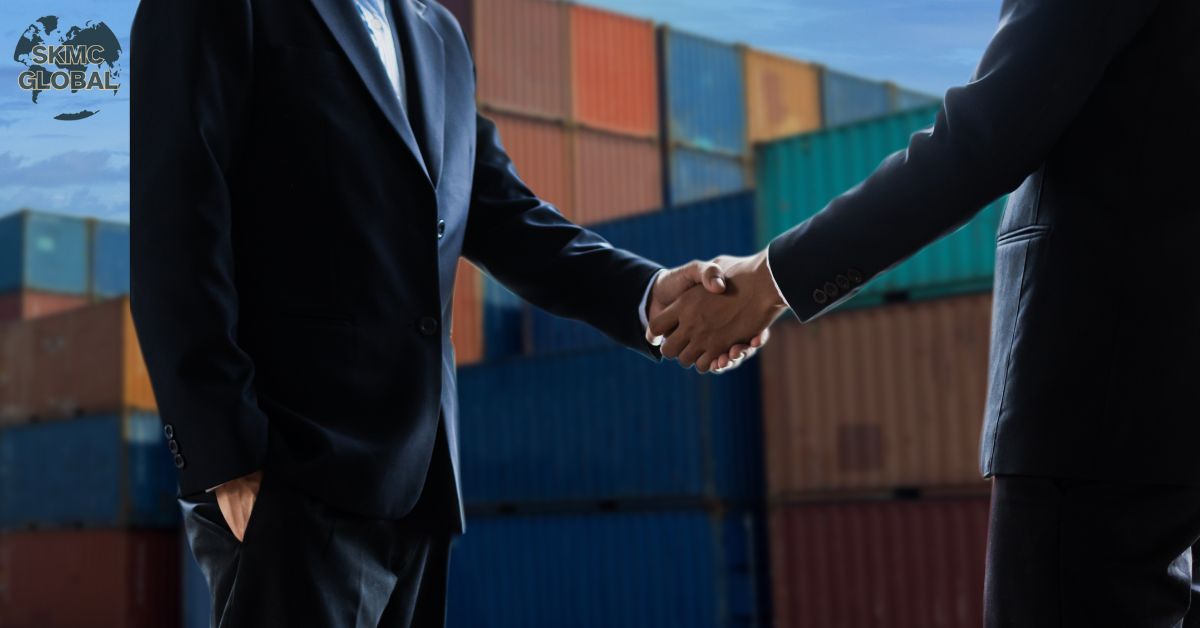 AEO Registration in UAE...
Nov 16,2021
AEO Registration in UAE...
Nov 16,2021
